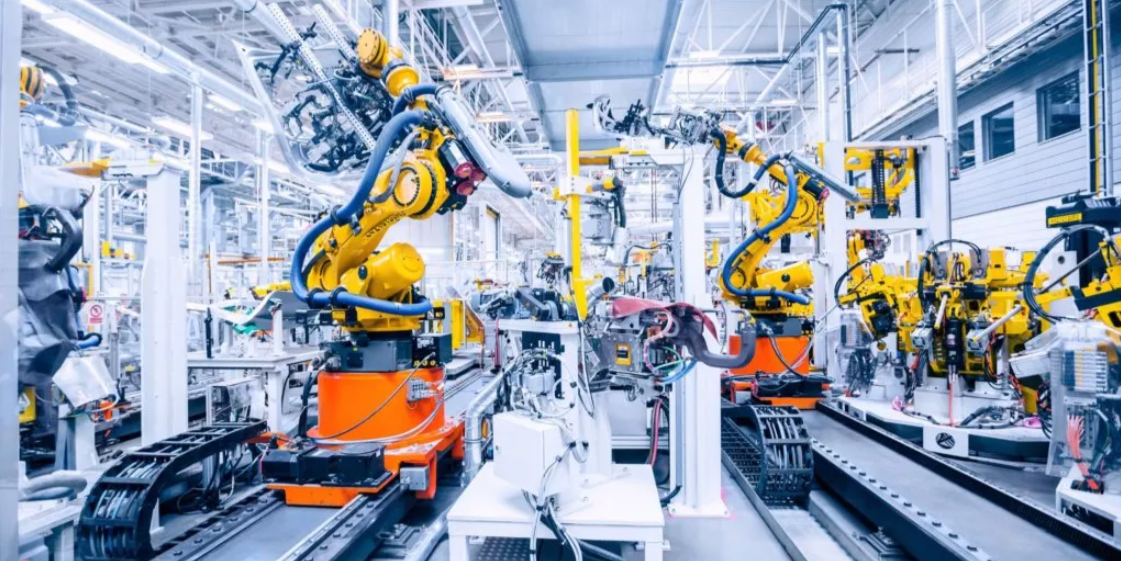CNC precision machining can be used to produce a wide range of finished products with high levels accuracy and safety. The process is automated, cost effective while offering great flexibility in terms material choice - stainless steel aluminum or steel each has its own set requirements that are best suited for particular environments depending on production needs.
High-precision machining
High-precision CNC machining is a process that helps create parts with tight tolerances. These parts are often used in aerospace and automotive applications. The close tolerances offered by precision machining are essential for these applications, because if a component deviates too far from the design, it may not connect properly. End-users may also want their components to be free of gaps and overhangs.
High-precision CNC machining can also help manufacturers introduce their products faster. They can quickly make adjustments and updates to products based on customer feedback, industry standards, and more. Additionally, high-precision CNC machining allows manufacturers to explore niche markets, where they can find opportunities for growth. Using this process, companies can easily transition from product development to full-scale production models.
Automated process
CNC precision machining is a method of manufacturing parts and components with precise dimensions. The process involves the use of computer-controlled machines to mill stationary raw materials into various shapes. The process can create features such as flat surfaces, deep holes, and counterboring. It can also produce components with square or rectangular shapes. It is very fast and works with a variety of materials.
CNC precision machining can improve component quality, resulting in increased efficiencies and reliability. Advanced servo control technology makes it possible to produce parts with extremely tight tolerances. With these tolerances, cnc precision machining can offer exceptional surface finishes.
Cost-effective
One way to reduce cost per unit part is by increasing your production orders. This can cut your machining cost by as much as 60%. You will also not have to change the setup of your machines because the same settings are used throughout the production process. You can also save money by minimizing the number of processes required for each part.
When it comes to CNC machining, the amount of parts you order has a huge impact on the overall price per unit. Small amounts will be disproportionately expensive compared to large volumes. If you need to make many smaller parts, consider increasing your volume to at least 50. You'll also save money by increasing your order volume by as much as 50%. Additionally, reducing the complexity of your design can reduce your CNC machining cost. More complicated designs may require custom tooling, multiple machine setups, or even special materials.
Safety
There are several safety concerns that must be addressed when performing CNC precision machining. One of the major concerns is the risk of injury due to sharp objects. These sharp objects can be in the form of parts or cutter ejections that are flying around at high speeds. Proper handling is also critical to prevent injury. Luckily, there are many ways to minimize these risks in a CNC precision machining facility. The first step is to ensure that all workers follow safety guidelines. Some of these guidelines include establishing minimum distances between machines and wearing the appropriate footwear. In addition, it is important to conduct regular checks on electrical components.
Another important safety consideration is the use of an interlocked guard. A CNC machine should have a guard, ideally one that is locked in place. The door should be locked while the machine is in operation, and should not be opened when tooling is in progress. Similarly, operators should know when to close the machine after the cycle is finished. This can help prevent injury, particularly in the case of inexperienced operators.
Compatible with CAD/CAM systems
When it comes to selecting a mouse for CAD/CAM applications, you'll need one with three buttons and a scroll wheel. You may also want to consider a 3D mouse, which is an advanced version of the standard mouse designed to move in three dimensions. These mice offer greater performance and precision, making them ideal for use in CAD applications.
There are a variety of different CAD/CAM software packages available in the market. It's important to do your homework and find the right one for your needs. Many of these programs are expensive, so choosing the right one is important to ensure that you get the most bang for your buck.


